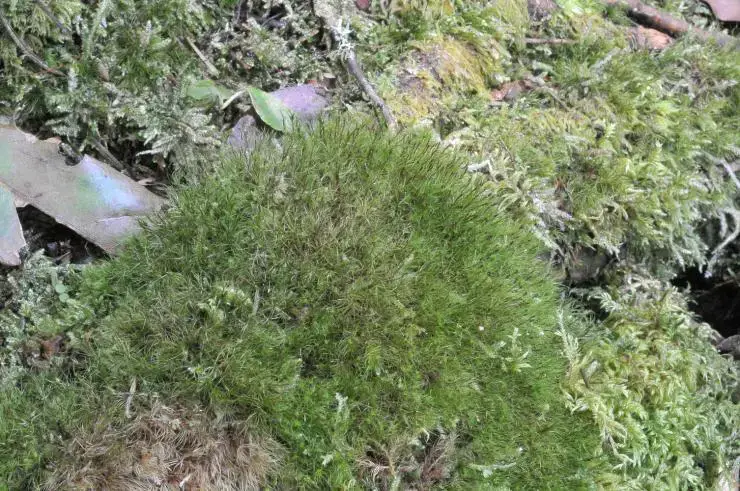
386eba63a73f4235727ee7927128bb85.jpg from: https://taieol.tw/muse/digi_object/f205d365e2ca7e50d564abc51281d7f6
Introduction
In the vast and captivating world of bryophytes, one particular moss species stands out for its unique characteristics and ecological significance – the Dicranodontium denudatum (Brid.) E.Britton. Belonging to the Leucobryaceae family, this moss is commonly referred to as Dicranodontium. Let’s embark on an engaging journey to unravel the secrets of this fascinating plant.
Background
Before delving into the specifics of Dicranodontium denudatum, it’s essential to understand the broader context of bryophytes
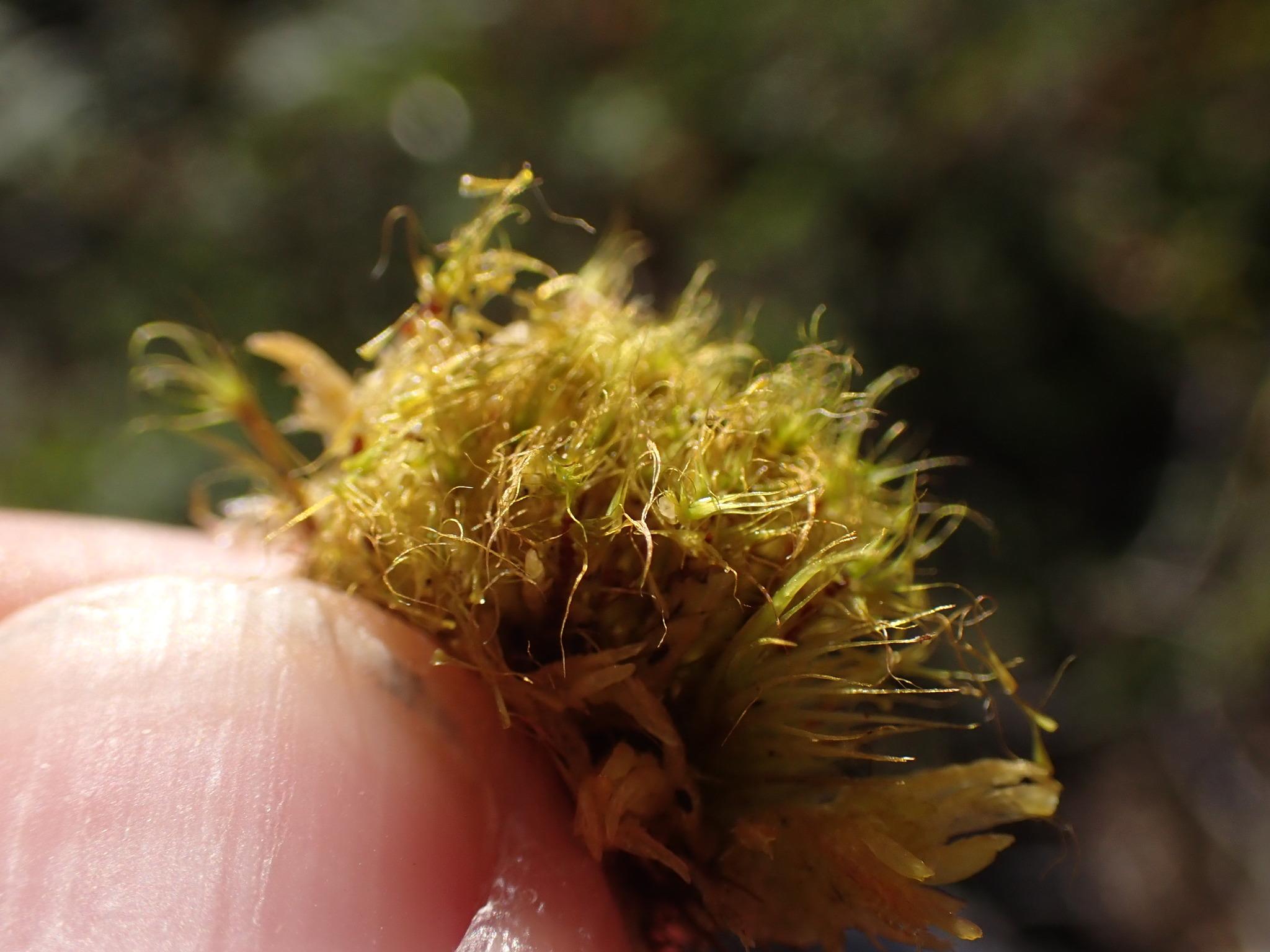
original.jpeg from: https://www.gbif.org/es/species/2675239
. These non-vascular plants, which include mosses, liverworts, and hornworts, play a crucial role in various ecosystems worldwide. They are often overlooked due to their diminutive size, but their importance cannot be overstated.
Main Content
Morphology and Identification
Dicranodontium denudatum is a striking moss species characterized by its erect, unbranched stems and lanceolate
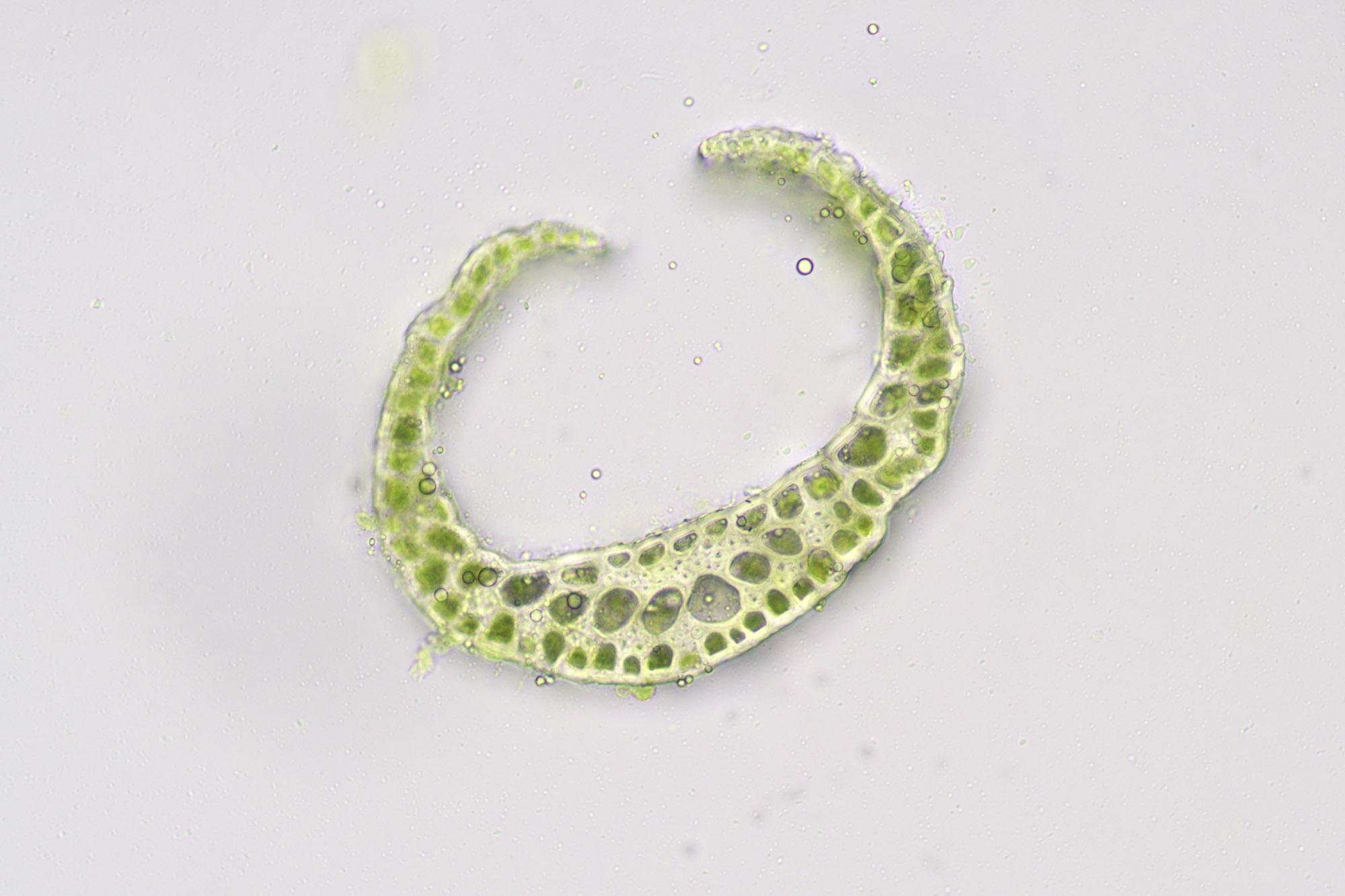
2020-08-30-14-54-01.jpg from: https://www.britishbryologicalsociety.org.uk/learning/species-finder/dicranodontium-denudatum/
leaves. The leaves are strongly keeled, with a distinctive whitish hair-point at the apex. This moss forms dense tufts or cushions, creating a vibrant green carpet on the surfaces it inhabits.
Global Distribution and Habitat
This remarkable moss species has a widespread distribution, found across various regions of the world, including North America, Europe, and
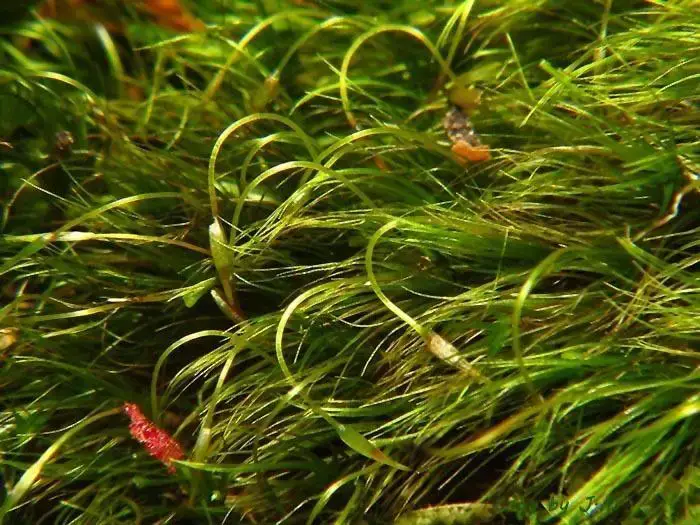
826836.jpg from: https://www.bio-forum.pl/messages/3280/826825.html
Asia. It thrives in a diverse range of habitats, from moist rock surfaces and soil banks to decaying logs and tree bases. Dicranodontium denudatum is particularly well-adapted to acidic environments, making it a common sight in areas with high acidity levels.
Ecological Roles and Adaptations
Despite its small stature, Dicranodontium denudatum plays a vital role in its ecosystem. It serves as a pioneer species, colonizing disturbed or newly exposed areas, and facilitating the establishment of other plant species. Additionally, this moss acts as a
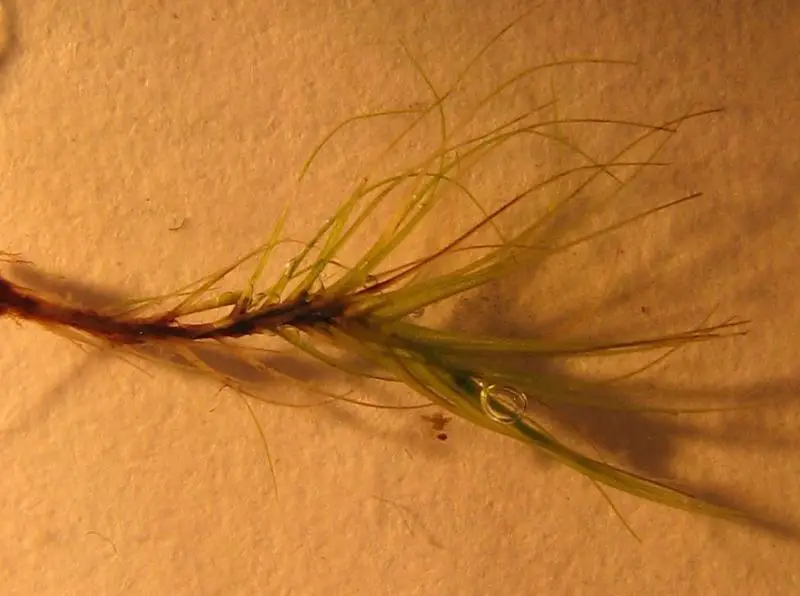
3264520.jpg from: https://waarnemingen.be/species/17345/
sponge, absorbing and retaining moisture, which helps regulate water flow and prevent soil erosion.
One of the remarkable adaptations of Dicranodontium denudatum is its ability to tolerate desiccation. During dry periods, the moss can enter a state of dormancy, reviving once moisture becomes available again. This resilience allows it to thrive in challenging environments and contributes to its widespread distribution.
Case Studies/Examples
In a recent study conducted in the Pacific Northwest region of North America, researchers discovered that Dicranodontium denudatum played a crucial role in the recovery of forest ecosystems after wildfires. The moss’s ability to rapidly colonize burnt areas facilitated the establishment of other plant species, accelerating the overall regeneration process.
Technical Table
| Characteristic | Description |
|---|---|
| Phylum | Bryophyta |
| Class | Bryopsida |
| Order | Dicranales |
| Family | Leucobryaceae |
| Genus | Dicranodontium |
| Species | denudatum |
Conclusion
Dicranodontium denudatum (Brid.) E.Britton, a remarkable moss species, exemplifies the incredible diversity and resilience found within the bryophyte world. From its unique morphological features to its vital ecological roles, this unassuming plant deserves our appreciation and admiration. As we continue to explore the intricate web of life, let us ponder: What other hidden wonders await discovery in the realm of bryophytes?